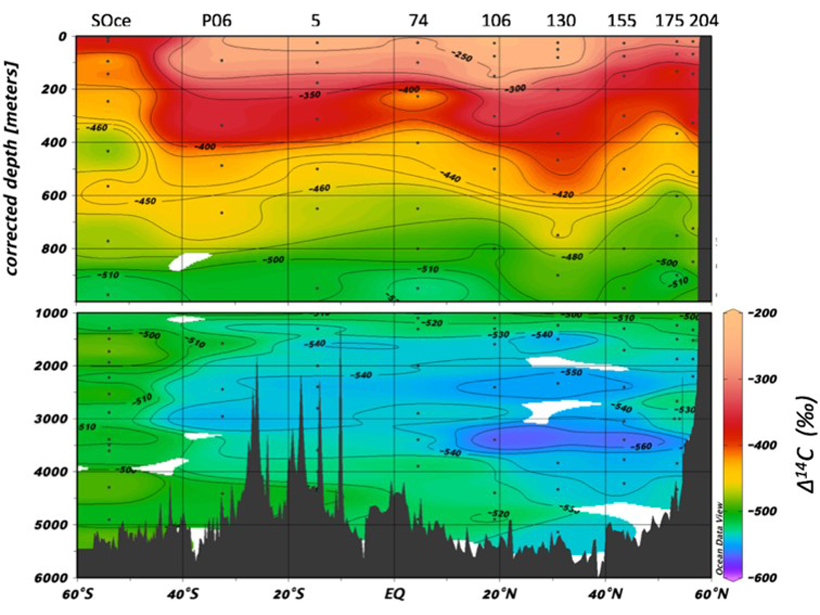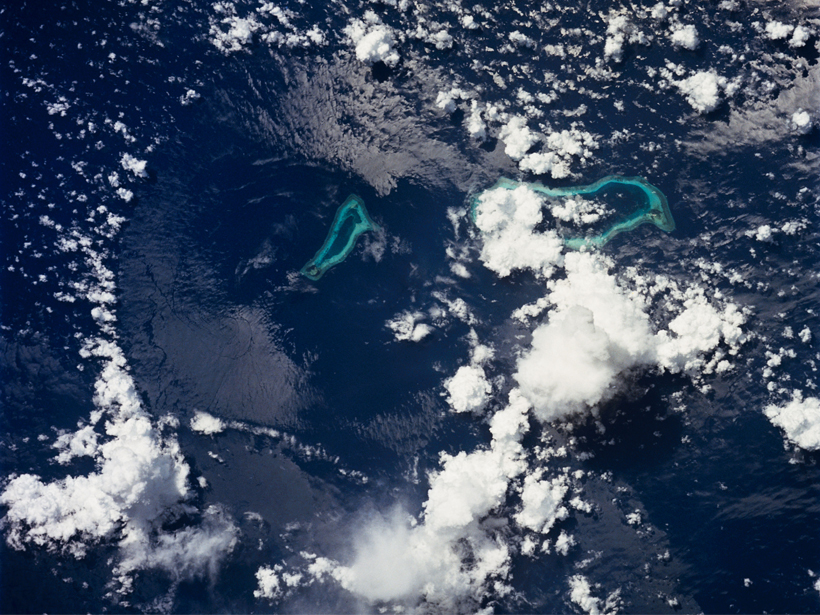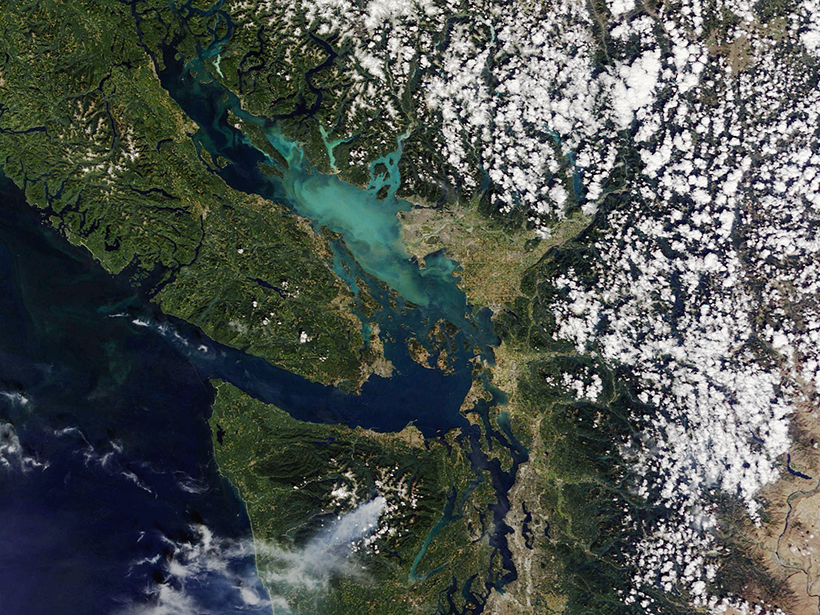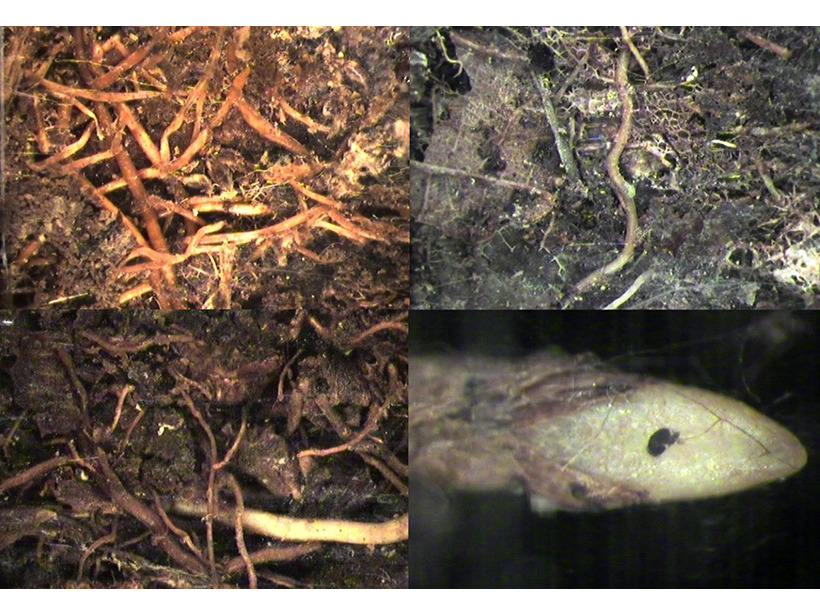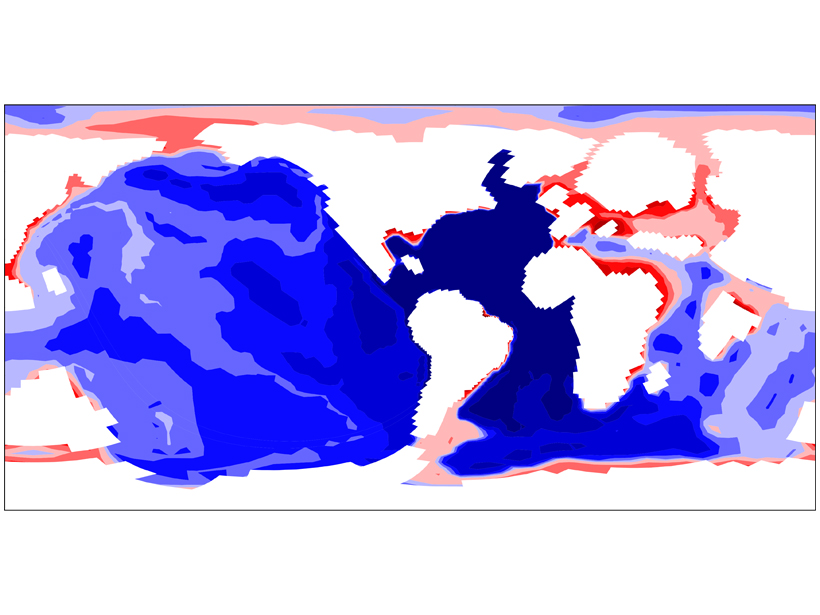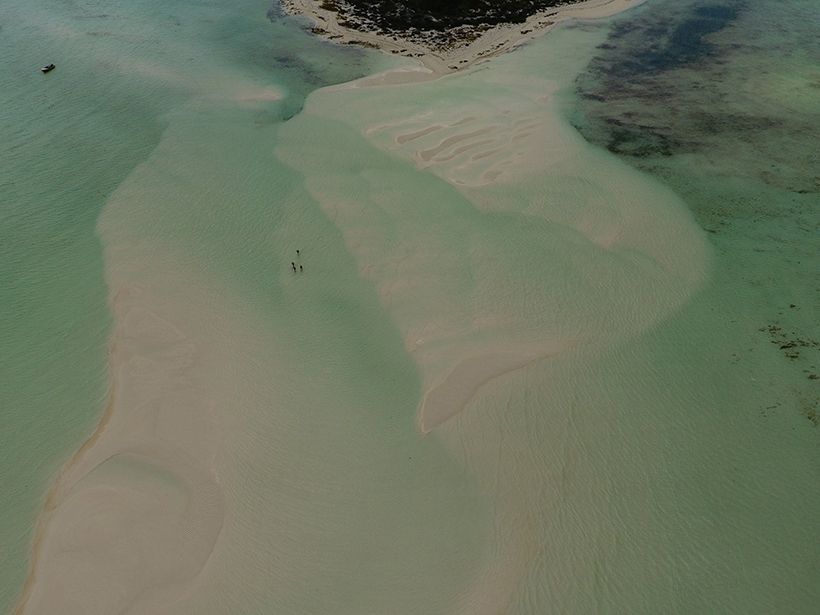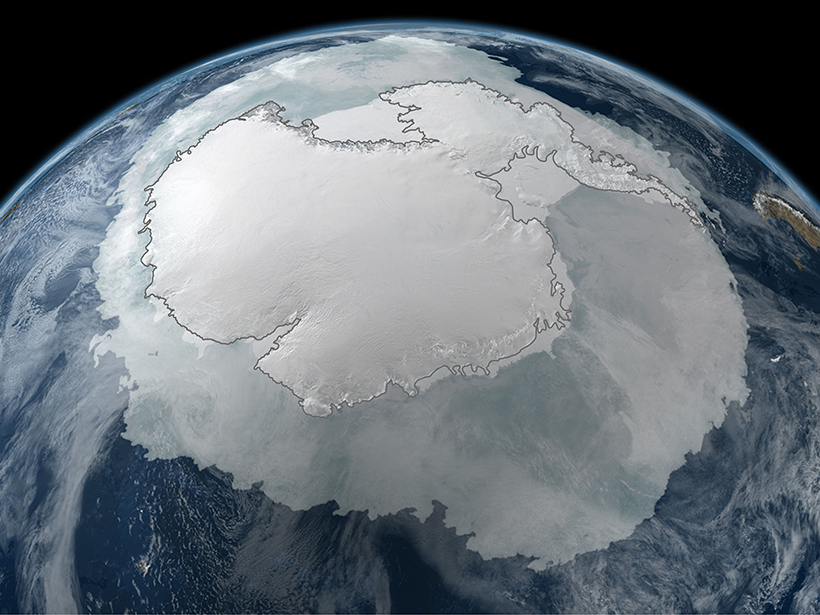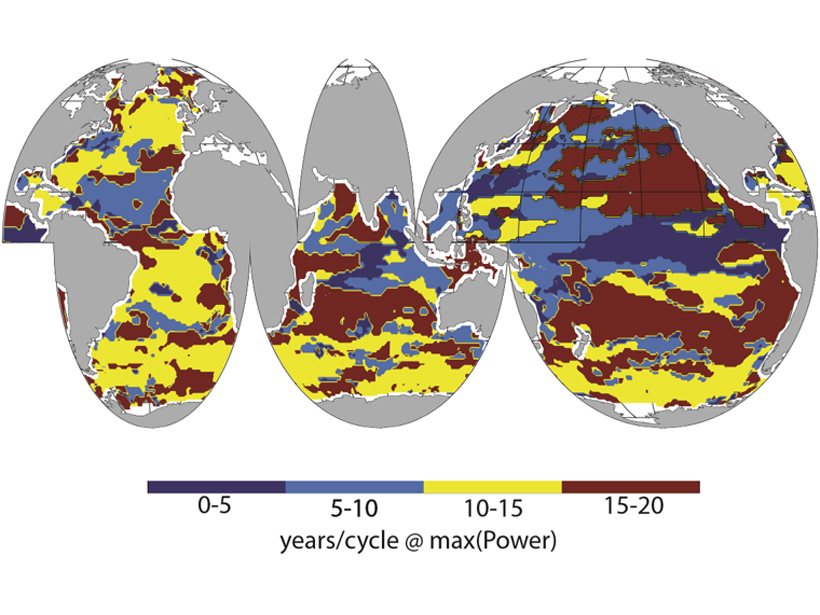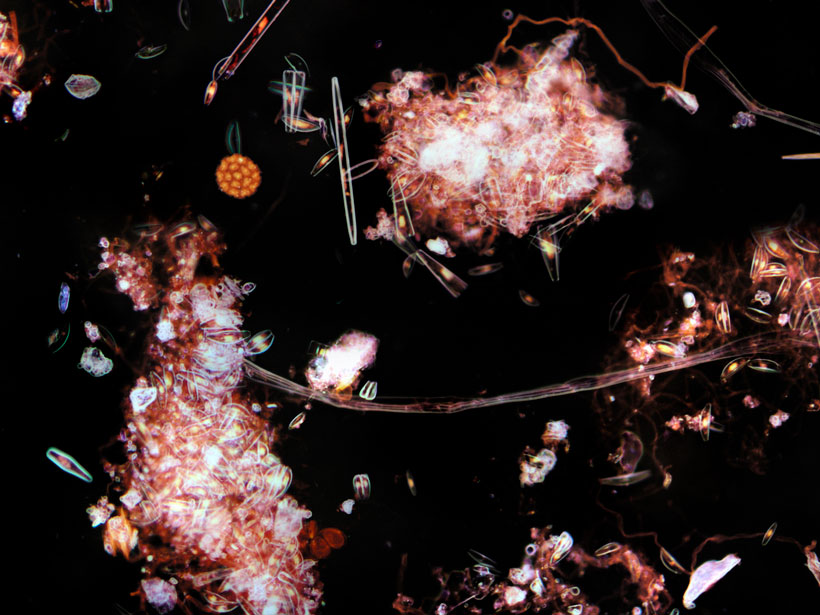The radiocarbon signal of DOC with depth across the Pacific Ocean basin effectively supports a number of important theories that have been suggested over the years.
carbon cycle
Pacific Carbon Uptake Accelerating Faster Than Expected
A new study suggests that shifting ocean currents drive faster carbon dioxide uptake.
Mud on the Move
Powerful submarine flows known as turbidity currents are starting to give up their secrets.
Sampling in the Dark: Challenges in Fine-Root Research
International Minirhizotron Working Group; Oak Ridge, Tennessee, 9–11 January 2019
Explaining Ocean Acidification Patterns During Ancient Warming
Asymmetrical changes in ocean circulation and the marine carbon cycle could account for different degrees of ocean acidification between the Pacific and Atlantic.
Old Idea Spurs New Research into Origins of Carbonate Mudstones
Using modern techniques, scientists tested an old hypothesis about carbonate mud production to shift the thinking about rocks that are used as seawater archives and a source of petroleum.
Understanding Past Changes in Southern Ocean Sea Ice
C-SIDE Workshop; Vancouver, British Columbia, Canada, 24–26 October 2018
Sea-Surface Carbon Patterns Linked to Large-scale Climate Modes
A new 34-year global time series of observed sea surface partial pressure of CO2 links regional variation to major climate modes.
A Step Closer to Quantifying Global Photosynthesis in Real Time
High spatial and temporal resolutions of a data set on a proxy for plant photosynthesis, as well as contiguous global coverage, have great utility for a variety of applications.
Oceanic “Pump” Sends Small Carbon Particles to Twilight Zone
Underwater gliders provide unprecedented, daily data that reveal new insights into how carbon gets from the atmosphere to the deep ocean.

